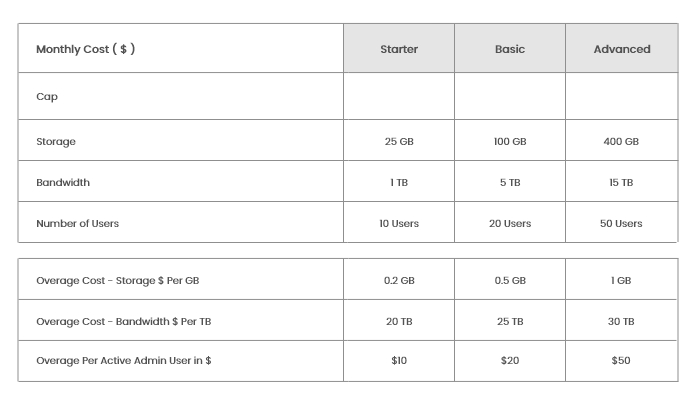



What Exactly Are UTM Tracking Codes?
If you want to accurately track your campaign, you must consider the source, medium, and campaign...
What Exactly Are UTM Tracking Codes?
Urchin Tracking Module (UTM) codes are short pieces of text that are appended to the end of a URL to improve marketing campaign tracking. And gain a deeper understanding of your target audience.
Here's an example of a URL using UTM codes:
https://www.yoursite.com/shop/productutm_source=instagram&utm_medium=social-ad&utm_campaign=igproductlaunch0323
The UTM code is anything after the "?" Corresponding data is stored in Google Analytics and can be viewed by the campaign.
Continue reading to find out why UTM codes are important.
Why Are UTM Tracking Codes Necessary?
UTM codes, often known as custom URLs, give marketers specific information on the efficacy of a campaign.
They can, for example, aid in determining the efficiency of a social media marketing effort. Or which channels generate the most visitors. Or which Google Ads keywords are more effective.
UTM codes allow links to track five basic parameters:
- Source: The platform from which the traffic is coming Medium: The campaign type
- Campaign: The campaign's title
- Term: Used to specify the target term in sponsored search advertising.
- Content: The content on which the user clicked.
If you want to accurately track your campaign, you must consider the source, medium, and campaign.
Other URL parameters are more flexible. However, it can still be valuable.
You can use any parameter combination in any order. And be as exact as you like with your tracking terms.
Let's look at each UTM parameter individually.
Source
The source option specifies the website, newspaper, or advertiser that is bringing traffic to your site.
It's written in the URL as "utm_source=[source]."
As an example:
utm_source=google
This parameter can contain several referring sources, such as the following:
Instagram, Facebook, Twitter, YouTube, and LinkedIn are examples of social media platforms.
Google, Bing, and Yahoo are examples of search engines.
Other sources include a newsletter, a paid advertisement, a sponsored post, or a billboard.
For example, you could include the following code in your Twitter profile to track all visits generated by it:
utm_source=twitter_bio
Medium
The medium option specifies the type of traffic channel. It's useful to know whether one channel is more successful than another for a certain campaign.
It's written in the URL as "utm_medium=[medium]."
As an example:
utm_medium=email
This criterion can encompass several marketing channels or categories, such as the ones listed below:
- Pay-per-click (PPC)
- Organic search
- Paid social
- Organic social
To distinguish social media traffic from other channels, for example, you may use the following UTM code.
utm_medium=social_media
Campaign
The campaign UTM parameter specifies the campaign, promotion, or sale your link is associated with.
It is used to split campaigns in order to track their performance separately.
It can, for example, assist you in determining which of your PPC campaigns produced the best results.
This option is commonly stated as "utm_campaign=[campaign]."
In GA4, this is "utm_id=[campaign]".
For example:
utm_campaign=winter_sale
The UTM code above, for example, would assist you in attributing web traffic to all links from your winter sale campaign.
Term
The term parameter identifies the specific keyword that is directing visitors to your website.
It is used to determine which keywords are working well in your PPC campaign. As a result, you can modify your bidding approach accordingly.
In a URL, the term parameter is represented as "utm_term=[term]."
As an example:
utm_term=utm+codes
This specifies your Google Ads campaign's UTM code targeting.
Content
The content parameter identifies the many types of material that a user can click on within the same campaign.
It can, for example, assist in determining if a user clicked on a header link or a button in the same email.
This parameter is useful for emails with numerous CTAs or landing pages with multiple CTAs.
It will be written as "utm_content=[content]."
For example:
utm_content=header_link
For example, you could use the UTM code above to identify a link in your email newsletter's header.
You can also use the UTM code below for a link in the email's footer.
utm_content=footer_link
We hope this helps you understand UTM settings.
Hocalwire CMS includes fantastic automation features that help traffic from various sources focus on your website. You may drastically increase your traffic with the aid of Google Analytics and potential choices with Hocalwire. To learn more about Hocalwire CMS's limitless potential, schedule a demo.

